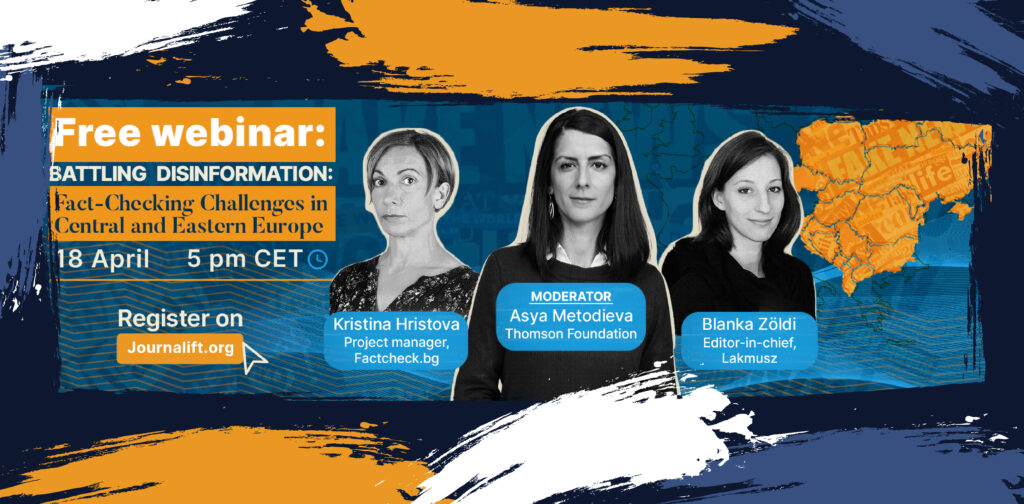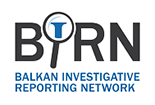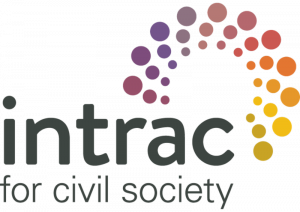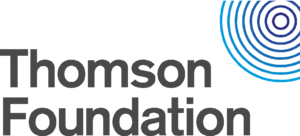Every reporter is a storyteller. Sometimes, when we are preoccupied with work, we tend to forget that fact. Especially in local media outlets, where one person usually holds more than one job position or covers more tasks during the day. In such cases, a quick reminder of what is important in order to bring up the quality of our work and make our stories more appealing for the audience, is always welcome.
The news outlets that participated in this course were mostly local radio or TV stations and news portals that were interested in enriching their content with visual stories. Most of them cover daily news and focus on local issues, as well as the activities of local politicians.
The aim of the course was to show them that even with limited sources and a small number of people in your news desk, there is a way to produce content with more quality and importance for your audience.
First, we have to understand what our job is and what is the task we need to fulfill with our story. Our job is to report on a topic that is significant for our community, to do it in an objective way, based on facts, trying to represent all important sides or angles of that story. At the same time, our job as reporters is to do it in a way that everyone can understand what the story is, as well as to remember it. So, what do stories do? Stories engage, they enhance understanding and they’re memorable long after the facts are forgotten.
“A good story does more than inform. It adds value to the topic.”
(American Press Institute)
This sentence represents maybe in the best way how we need to approach the topic we are covering. Another one is that anything can be news, but not everything is newsworthy. So, what does that mean? It means that not every piece of information, or a call to attend a news conference of the mayor or someone from the city or state institutions, should be considered as a motive for the story. However, it can be a place where you as a journalist can go to ask questions relevant to the story you are making. When you find important or interesting information, you need to find the right way to tell it to your audience. According to the News agency Associated Press, a good story uses storytelling to make important news more interesting.

Six elements for a good story
The first lesson all of us journalists learn is the importance of 5 W questions. So, answering those five questions will be placed under the first element – information.
Why is this information you have significant - that is the second part you need to answer, or to show us in your story. Therefore, the second element will be significance.
Sometimes when we work on a story it is difficult to give up on some of its parts that don’t really fit in our original idea. We feel that everything is important and that we will deny our audience some valuable information if we don't jam everything we have into the story. Don’t. Less usually means more. In other words, it is important to focus on the core idea of our story, because too many details can be overwhelming.
Always put a face to your story, because people are most interested in people. Think who could be the main character of your story and try to tell it through his or her personal experience. That way your audience can connect and understand better, because they can relate to the person who is talking to them.
A good news story gives the viewer/listener/reader a feeling of completion. It has to have a clear form - a beginning, where we will learn what the topic or the problem is and who are the people affected by it, then in the following part of the story - how that problem occurred, what provoked it, what are the consequences, are there possible solutions and if there are – how far are we from it. That’s only one example. You can find your own way to tell the story, but make sure it gives all the needed explanation to your audience.
Every good story uses simple and understandable language, because our aim is that everyone can understand it. Good conversations or quotes are also very significant. They provide a more interesting and fluent story. So, the sixth element is – voices.
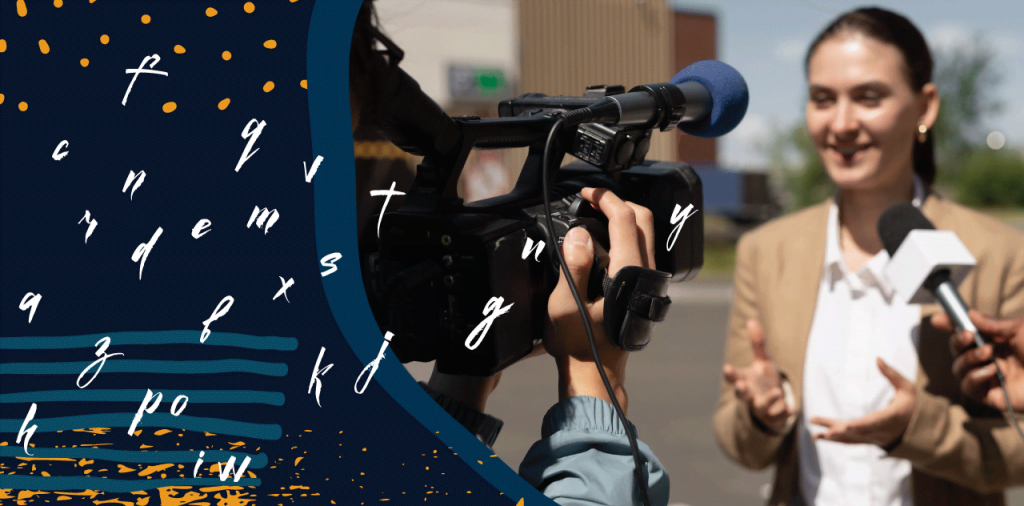
Take them as close to the story as you can
Your audience needs to see what you saw and hear what you heard. They need to be part of the experience. A good reporter will take them there.
Depending on the type of media you are reporting for, decide whether you need to draw a picture with words in order to represent the atmosphere or you can do it by using the natural sound (for radio stories), or the natural sound and picture (for TV). In other words, you are the eyes and ears of your audience.
So, if you are making a TV package, think visually. Imagine which images would reflect the essence of the story, and pick one of them for the opening. Let the words follow and supplement the picture. Use natural sound to paint the atmosphere, and be part of the story - show that you are there. Stand-ups should be part of most TV stories. They show the reporter is present at the scene, which increases the significance of the story. It can be a good way to highlight some of the information, or you can use it as a bridge between two parts of the story. Your stand-ups shouldn’t be long, 15 to 20 seconds max. Try to say your text straight to the camera instead of reading it – it will look more natural. Dress appropriately, which means simple clothes, without brand names or pictures on it.
When you write for television or radio it’s important that you use conversational style. In other words, write the way you talk. Short sentences always work better for television and radio. Try to be simple and direct – it’s not a piece in the newspaper your audience can go back to if there is something they didn’t understand. Remember that they are listening or watching your story and they need to understand everything right away. A good tactic is to read your story out loud for yourself or your colleagues, and see if it’s understandable enough.
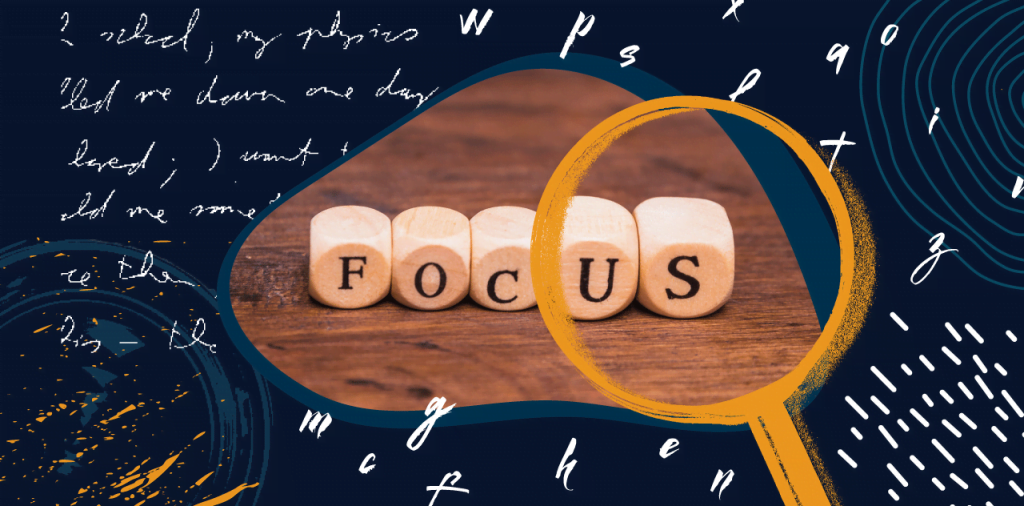
Four questions that can help you find the focus
It’s not unusual to have difficulties in finding the focus of the story and holding on to it. That is why it can be useful to have a landmark that will lead you to it. These four questions can serve as such.
What is the central point? Or, what the story is actually about? What questions should it answer?
Who are the central characters? Remember, people are most interested in people. Find a person who is most affected or is involved in the topic you are reporting about, and try to tell it from his or her perspective.
What is the central evidence? Which information do you have that can back or support the main thesis in your story?
What is the context? Always remember that your job is not only to give facts, but also to explain them to your audience by putting them in the right context. You are telling the story that has to be complete and understandable.
What to avoid?
No, this is not another question that will help you find the focus of your story, but it’s a question that can help you write better for radio and television primarily, but also for the news portals or newspapers.
The first thing you should avoid are adjectives, especially if you are making a TV package or a story for the radio. It’s better to use strong verbs and nouns, and to show us in picture instead of describing it. Avoid unnecessary words and phrases and save time and space for details that can be important for the story. Make your story personal, let the audience connect to it and therefore avoid too formal language.
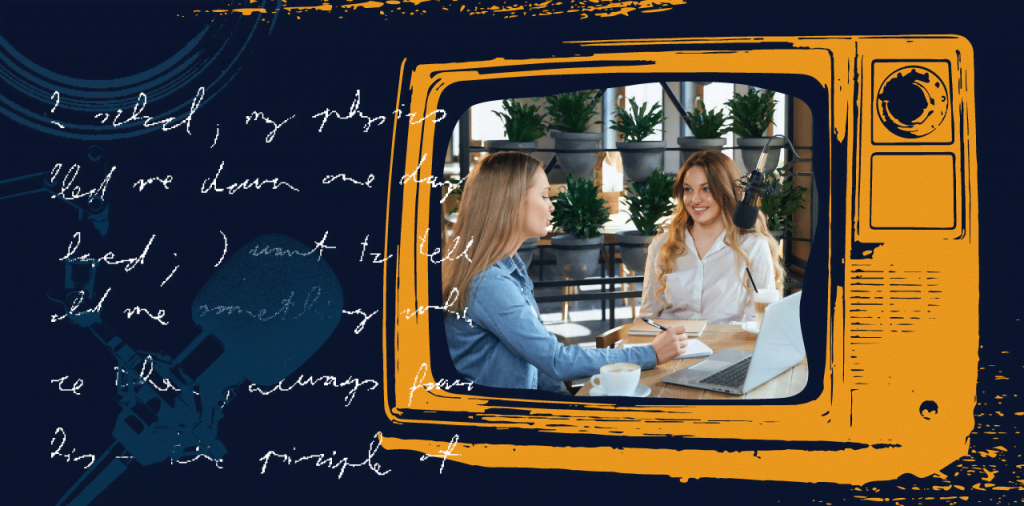
Live reporting
It is one of the most demanding tasks for news reporters. It usually goes hand in hand with breaking news and puts the reporter in the epicentre of events. Your job is to gather and verify as much information as you can and bring them to your audience in real time, as the event unfolds. Tell your audience what is happening, describe or try to show them what you are seeing. Try to find credible witnesses who will explain what happened and how it affected them.
Reporters are human, so showing emotions in highly stressful situations is quite natural. Nevertheless, try to keep your balance and the balance between emotion and information, as well.
When describing emotions, on the other hand, less is usually best.
When it comes to live reporting, it’s important to bear in mind that you shouldn’t go live just for lives’ sake. Have a reason why you are there. If it’s not breaking news, prepare yourself properly, make notes, but not the entire script. It will be more natural and it will be easier for you if you don’t learn your text by heart, but try to tell it to your audience as if you were talking with a friend.
Remember, the audience doesn’t want you to read them the news. They can do it themselves. They want you to tell them a story. You are a storyteller. Don’t forget that.

















